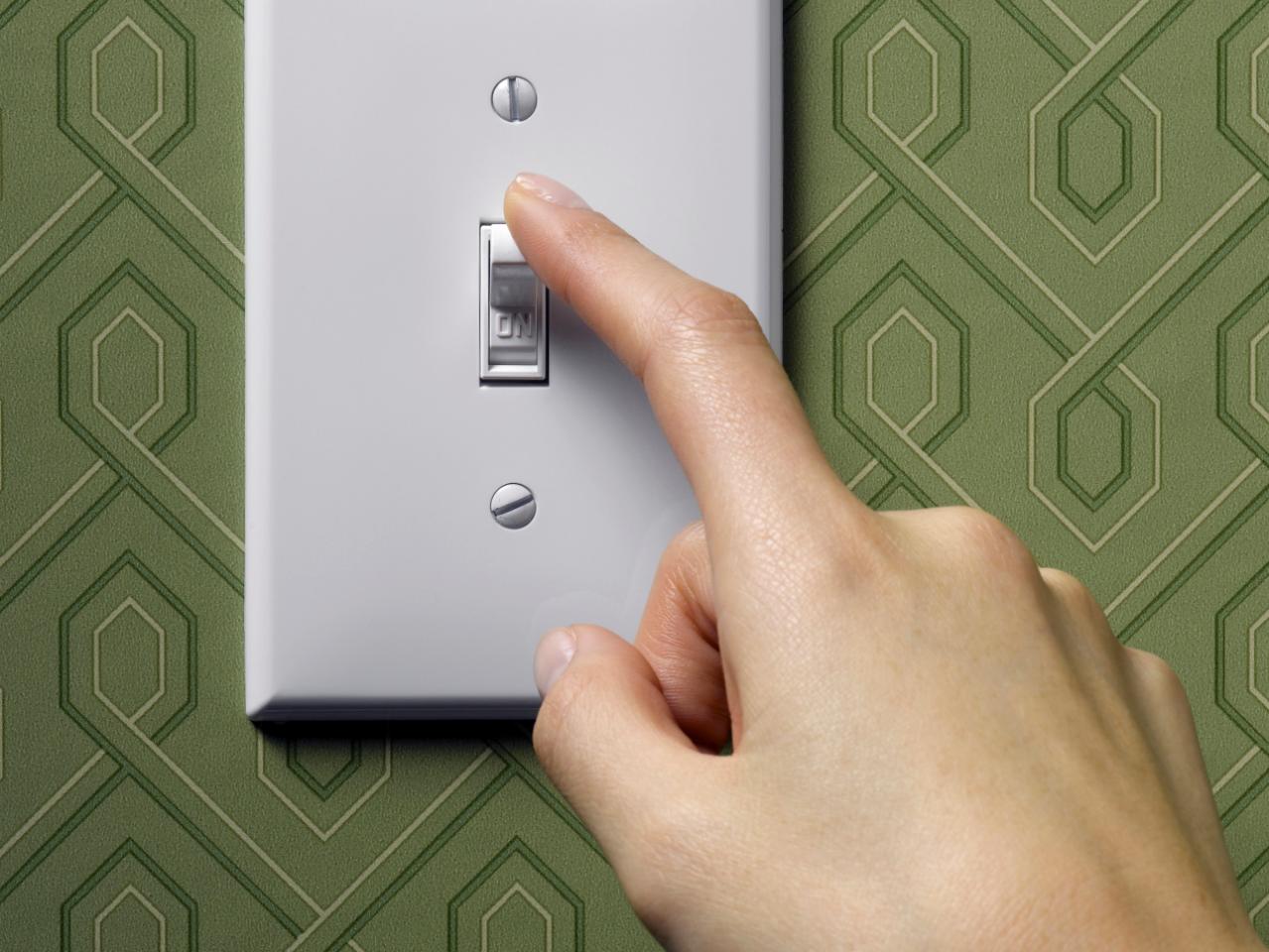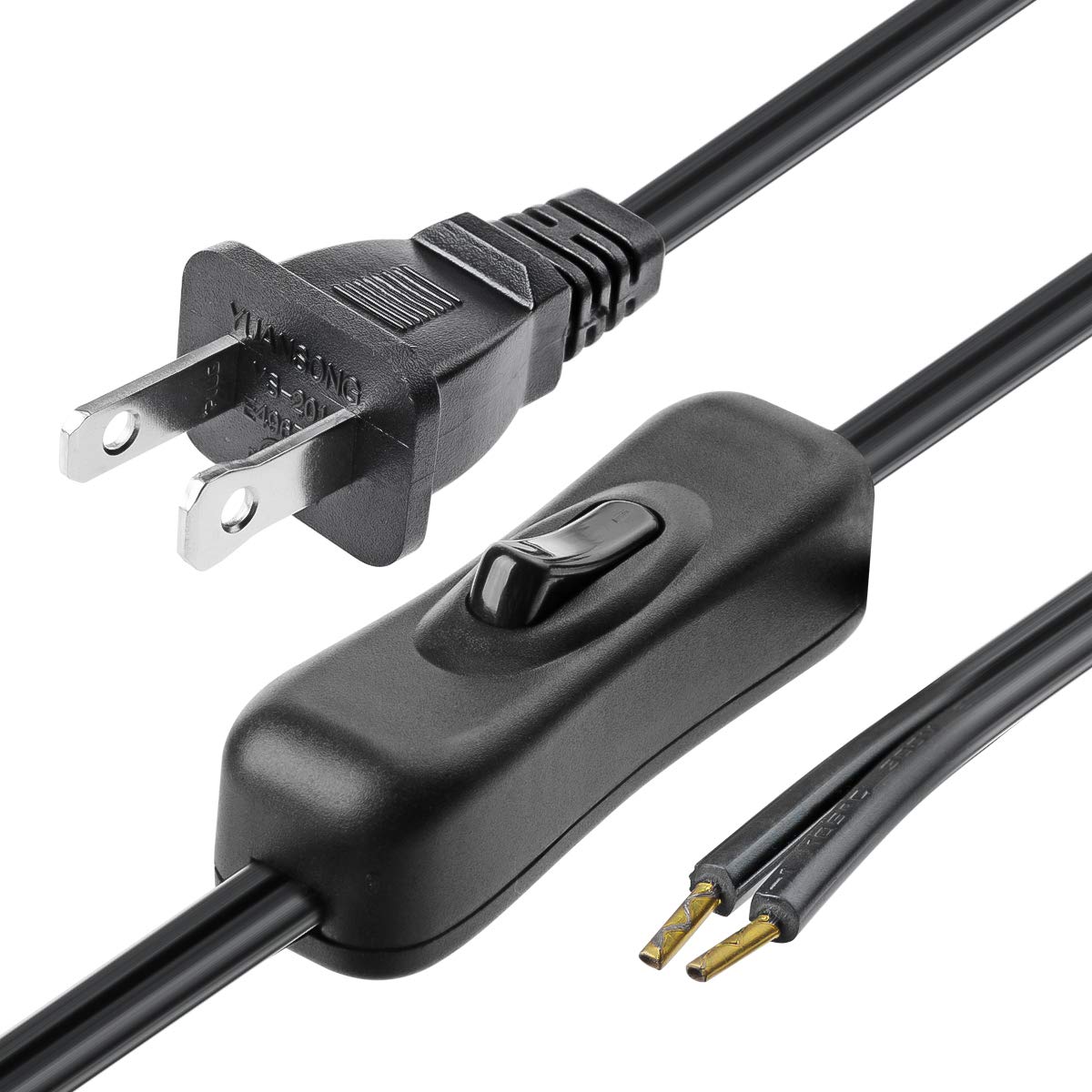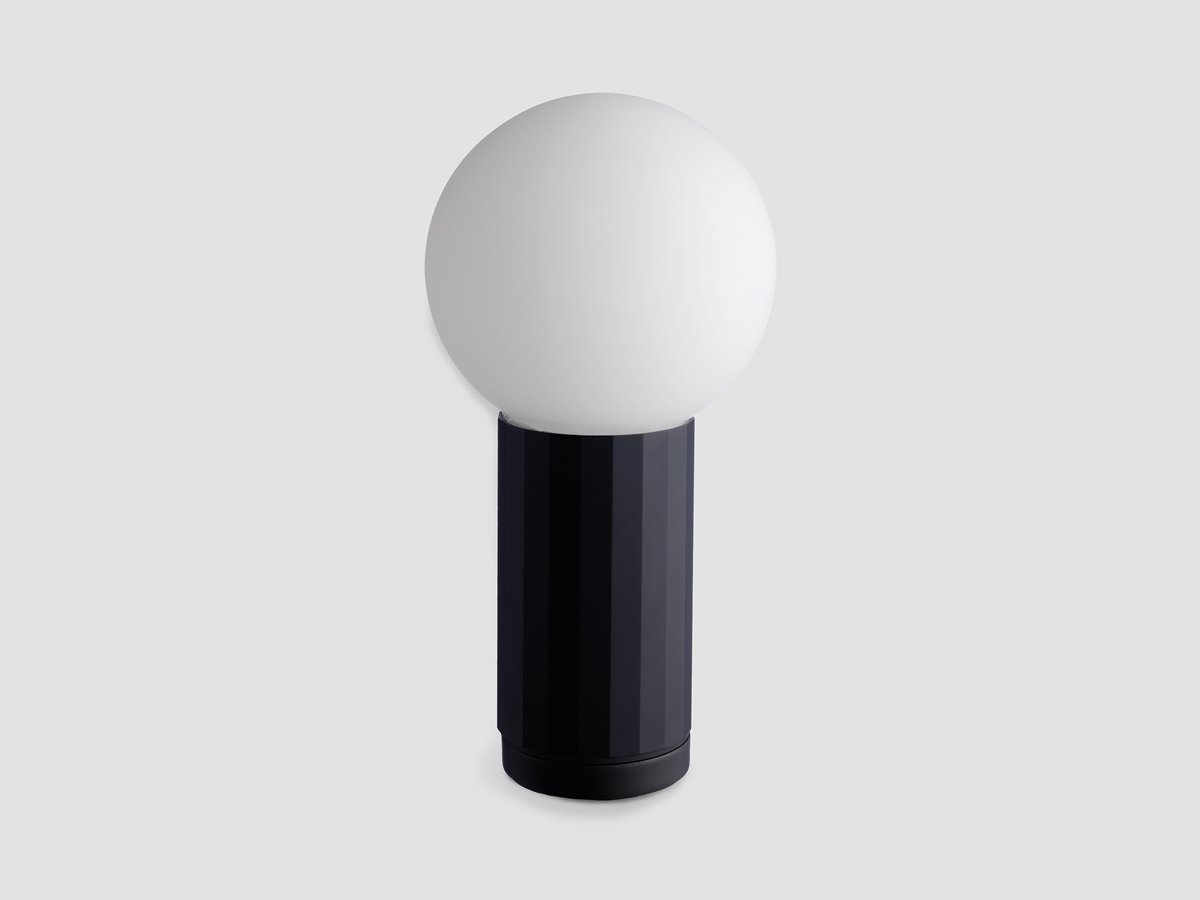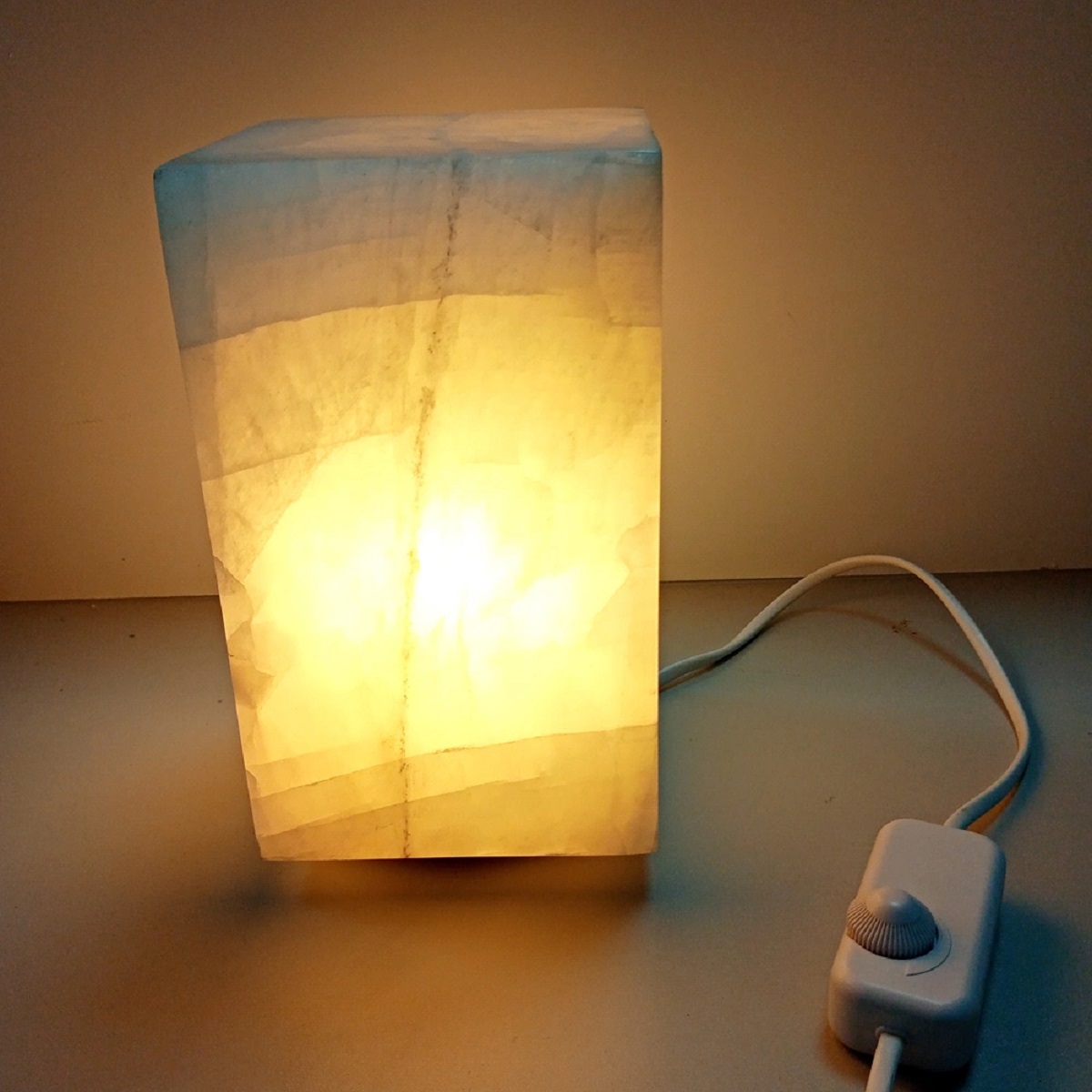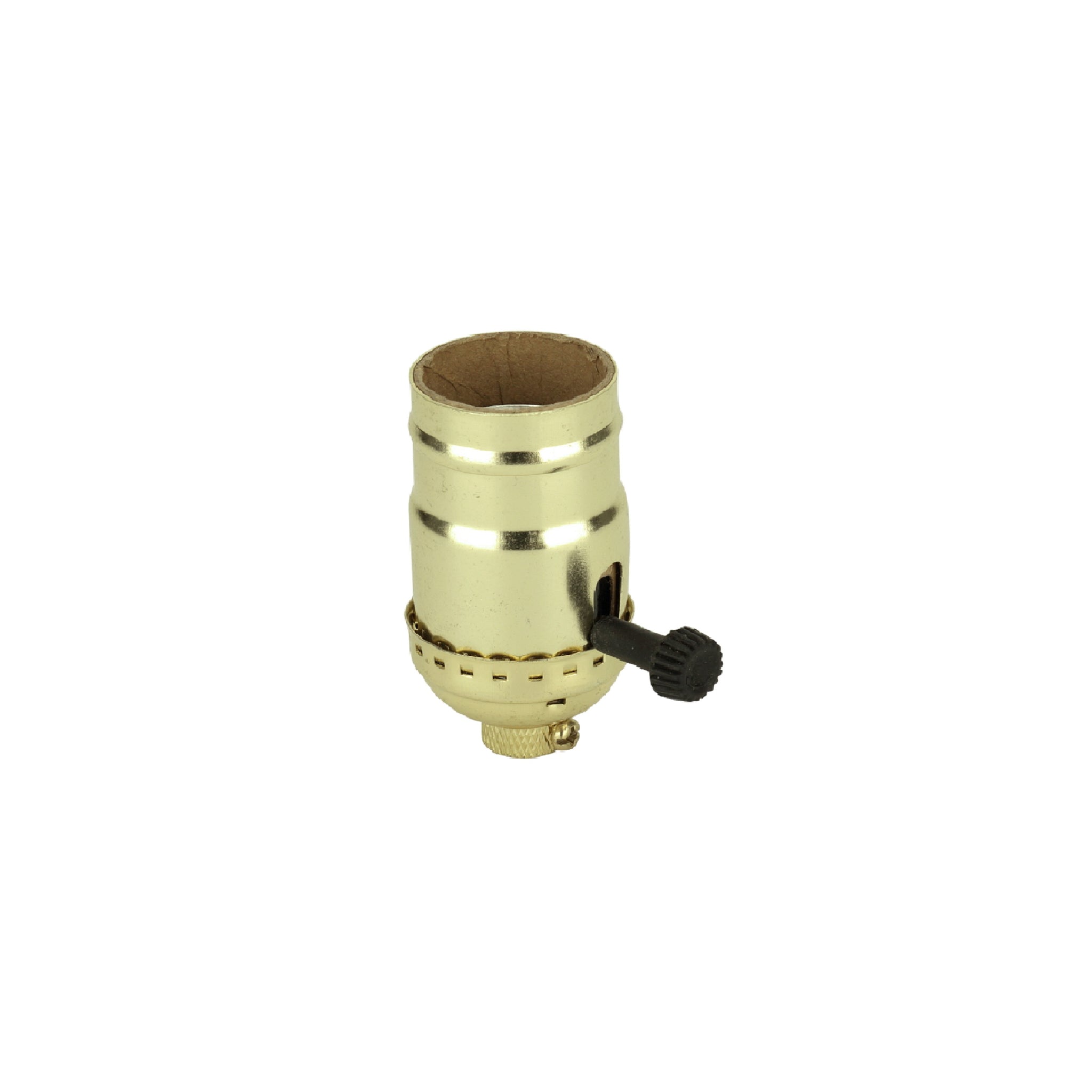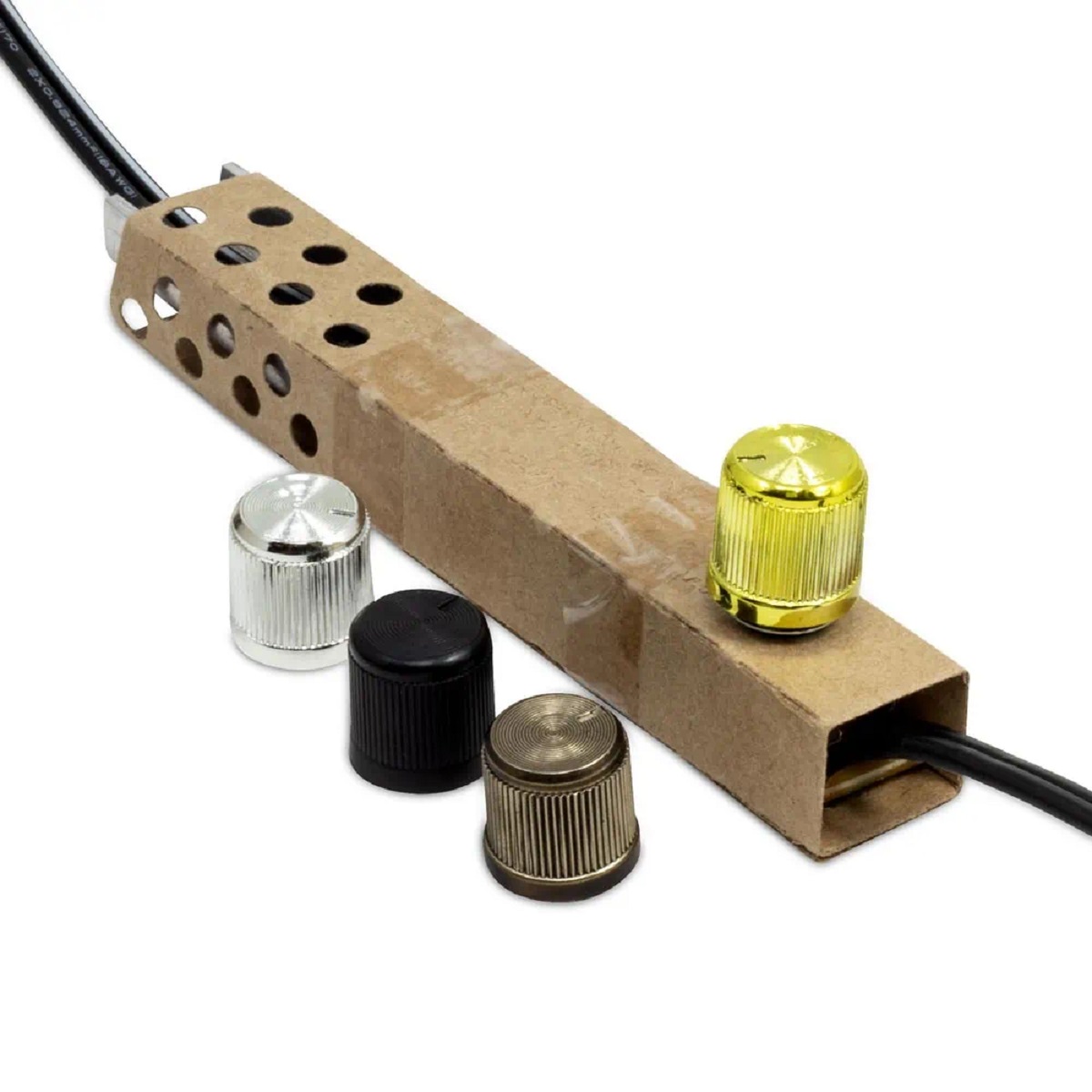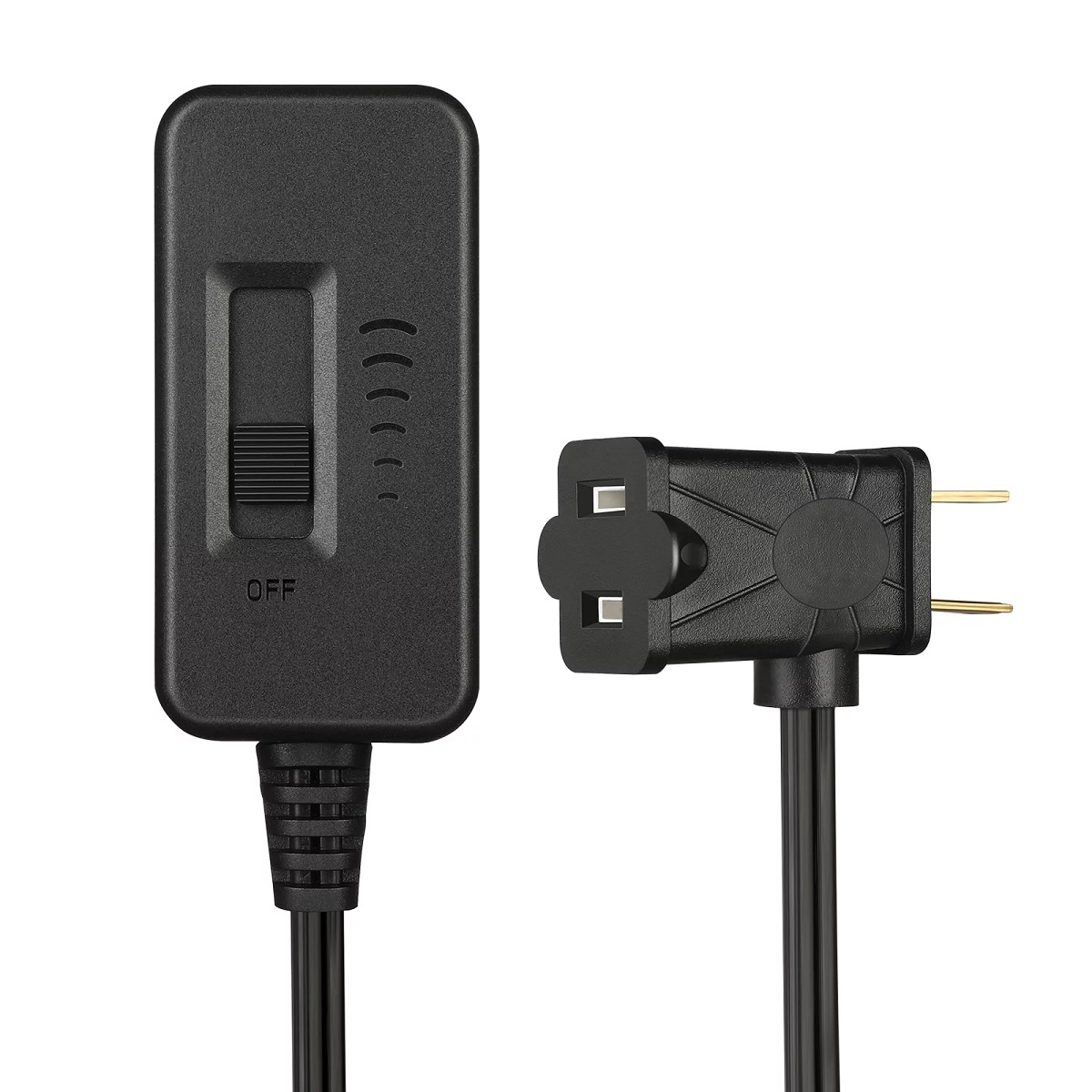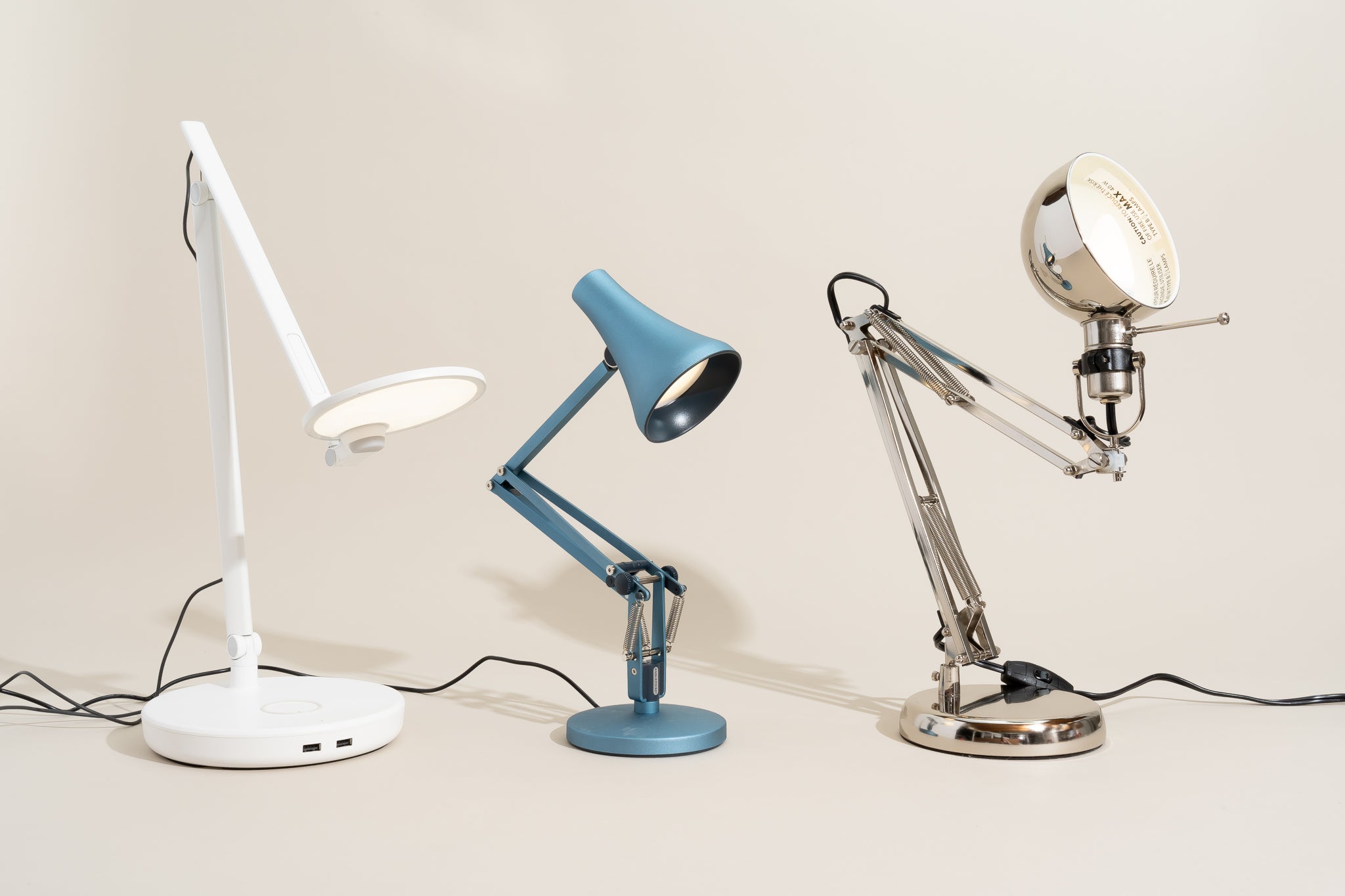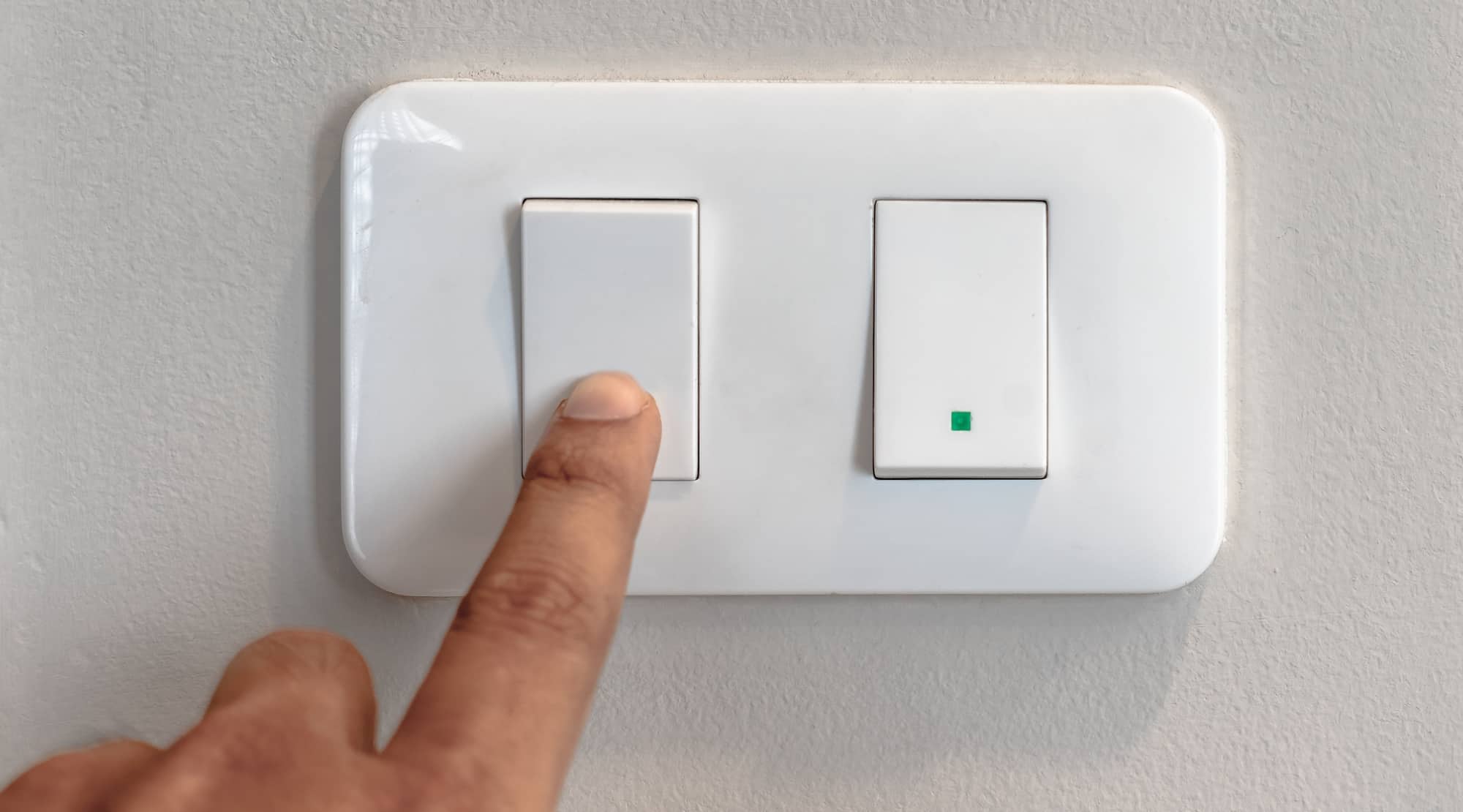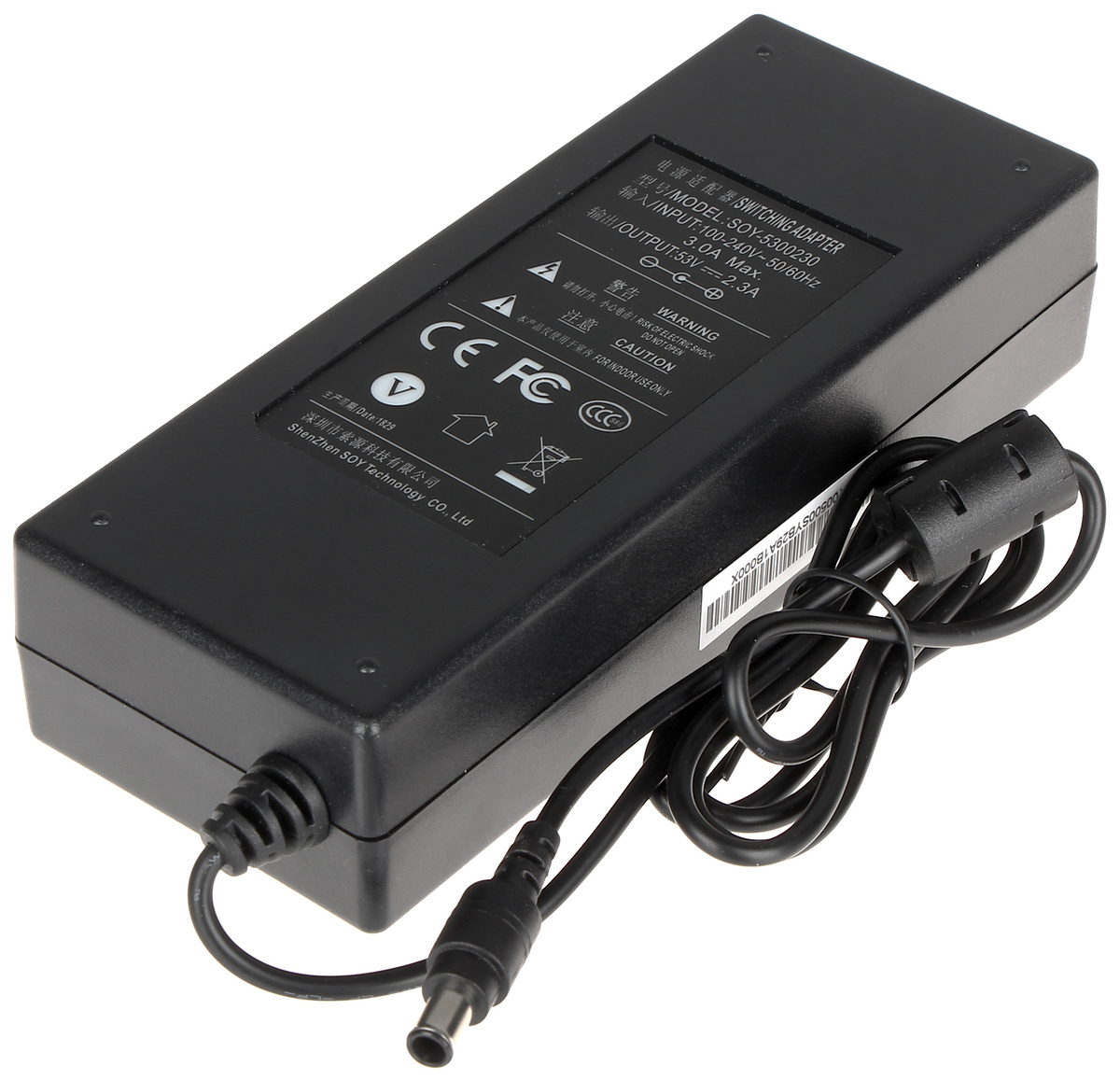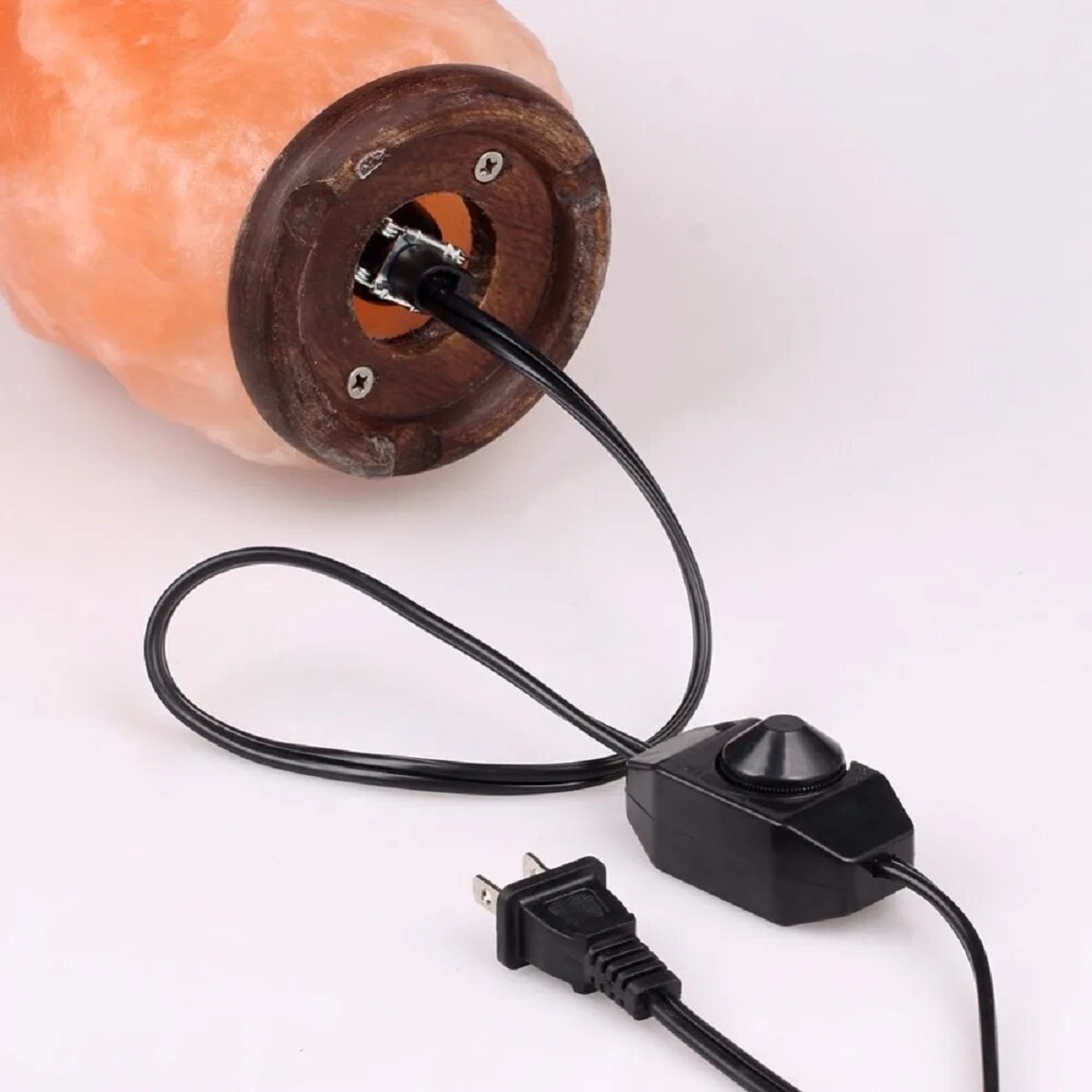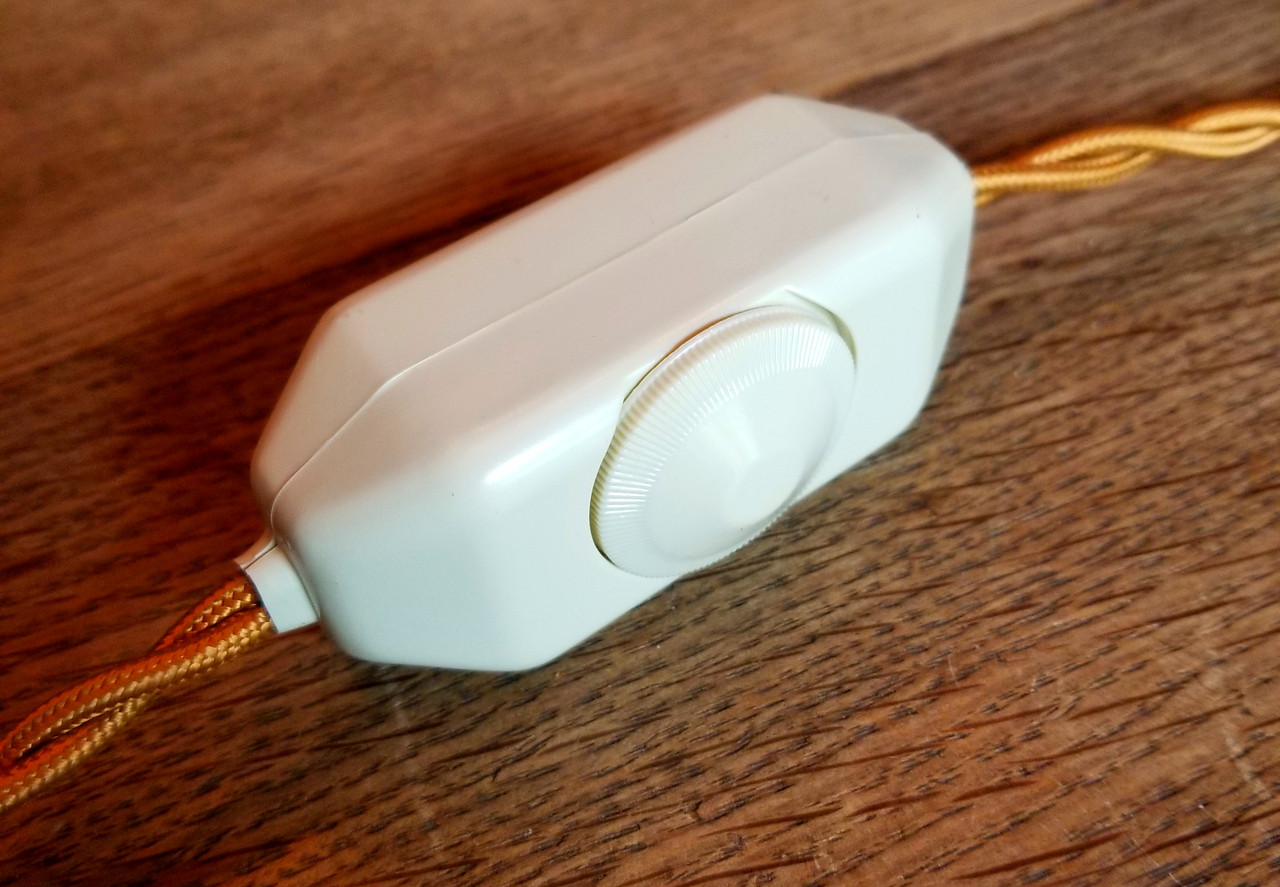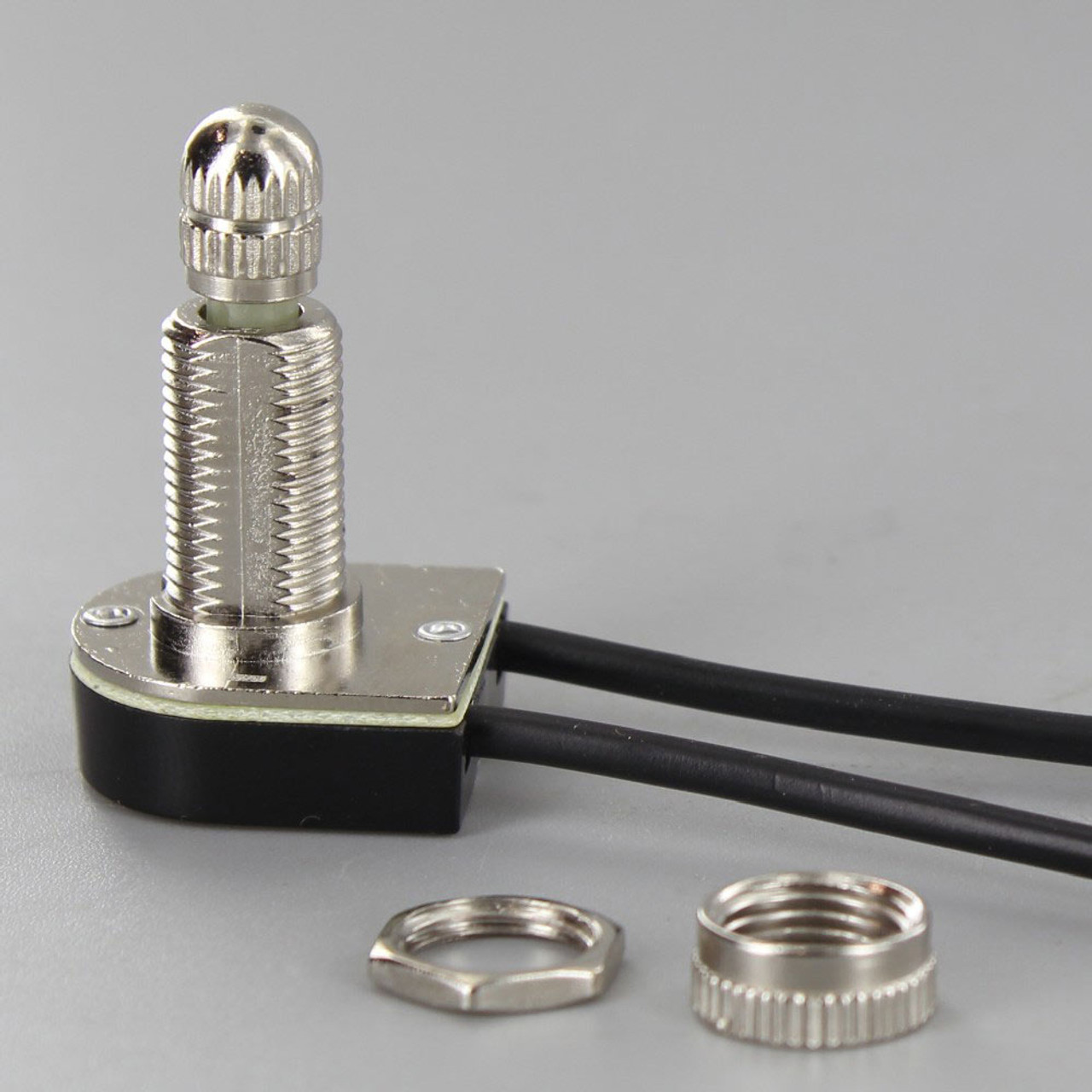

Furniture
What Is A Rotary Switch On A Lamp
Modified: January 18, 2024
Discover the functionality and benefits of a rotary switch on a lamp. Find the perfect furniture addition to your home with this versatile lighting solution.
(Many of the links in this article redirect to a specific reviewed product. Your purchase of these products through affiliate links helps to generate commission for Storables.com, at no extra cost. Learn more)
Introduction
Welcome to the fascinating world of lamps and their intricate components. One essential element of a lamp is the rotary switch, which plays a crucial role in controlling the light output and functionality. Understanding the rotary switch and its purpose will help you make informed decisions when it comes to selecting and troubleshooting lamps.
In this article, we will delve into the depths of rotary switches, exploring their function, types, benefits, and how to effectively use them. Whether you’re an interior design enthusiast, a DIY enthusiast, or simply curious about lamp technology, this article will equip you with the knowledge you need.
So, put on your imaginary tool belt, grab your magnifying glass, and get ready to unravel the mysteries of rotary switches on lamps.
Key Takeaways:
- Rotary switches are versatile, durable, and provide precise control over lamp functions, making them essential for creating customizable lighting experiences in both residential and commercial spaces.
- Understanding the types, benefits, and troubleshooting techniques for rotary switches empowers users to optimize their lamp’s performance and appreciate the convenience and design versatility they offer.
Read also: 10 Incredible Rotary Dimmer Switch for 2024
What is a Rotary Switch?
A rotary switch is a type of electrical switch that rotates around an axis to control the flow of electricity. It is commonly used in lamps to adjust the light intensity, turn the lamp on or off, or activate different lighting modes. The switch consists of multiple positions or detents, each corresponding to a specific function or setting.
Rotary switches are typically cylindrical in shape and have a knob or lever protruding from their top surface. This knob can be turned clockwise or counterclockwise to cycle through the various switch positions.
One of the key characteristics of a rotary switch is its versatility. It can be designed with different numbers of positions, ranging from two to multiple options, depending on the complexity of the lamp’s functionalities. For instance, a typical lamp may have a three-position rotary switch, allowing for low, medium, and high light settings.
Rotary switches are durable and reliable, making them ideal for everyday use in lamps. They are designed to withstand numerous rotation cycles and provide a long lifespan for the lamp’s switch mechanism. Additionally, rotary switches come in various sizes, allowing them to be integrated seamlessly into different lamp designs.
When it comes to electrical connections, rotary switches have multiple terminals or contacts inside the switch housing. These terminals are connected to the lamp’s electrical circuit and determine which functions are activated in different switch positions.
Overall, a rotary switch is an essential component of lamps, providing users with a convenient and intuitive way to control the lighting output. Its versatility, durability, and ease of use make it a popular choice for lighting solutions in both residential and commercial settings.
How Does a Rotary Switch Work?
To understand how a rotary switch works, let’s take a closer look at its internal mechanism. Inside the switch housing, there are multiple metal contacts arranged in a circular pattern. These contacts are connected to different electrical circuits or functions of the lamp.
As the rotary switch knob is turned, it rotates a metal wiper or arm that slides over the contacts. This metal arm is attached to the central axis of the switch and moves along with the knob’s rotation. As the arm moves from one contact to another, it establishes electrical connections or breaks existing connections, depending on the desired function.
Each contact position on the rotary switch corresponds to a specific lamp setting or function. For example, in a basic on/off switch, one position will complete the circuit, allowing electricity to flow and turning the lamp on, while another position will disconnect the circuit, turning the lamp off.
In a more complex rotary switch, such as one with multiple light intensity settings, the metal arm may glide over different contacts, enabling different combinations of electrical connections. This creates a variable resistance or voltage output, resulting in the desired light intensity.
The smooth rotation of the switch knob ensures that the metal arm moves from one contact to another without any abrupt interruptions. This seamless transition allows for a consistent and reliable flow of electricity, ensuring the proper functioning of the lamp.
It is important to note that the construction of rotary switches may vary depending on the specific design and manufacturer. Some switches may incorporate additional components, such as resistors or capacitors, to achieve specific functions or enhance electrical performance.
Overall, the ingenious design of a rotary switch allows for easy and precise control of a lamp’s features. Its simple yet effective mechanism ensures the seamless operation of the switch, providing users with a seamless and customizable lighting experience.
Common Types of Rotary Switches Used in Lamps
Rotary switches used in lamps come in various types, each designed to cater to specific lighting needs and functionalities. Let’s explore some of the most common types:
- On/Off Rotary Switch: This is the most basic type of rotary switch used in lamps. It has two positions – one for turning the lamp on and the other for turning it off. The simplicity and reliability of this switch make it a popular choice for table lamps and floor lamps.
- Three-Way Rotary Switch: As the name suggests, a three-way rotary switch provides three different positions or modes. These switches are commonly found in lamps that offer low, medium, and high brightness settings. By rotating the switch knob, users can easily adjust the light intensity according to their preference.
- Dimmer Rotary Switch: Dimmer rotary switches are designed to provide smooth and adjustable dimming capabilities. They offer a wide range of brightness levels, allowing users to create the perfect ambiance in a room. These switches are commonly used in bedroom lamps, living room lamps, and dining room chandeliers.
- Multi-Position Rotary Switch: This type of switch offers multiple positions, usually more than three. It provides users with various lighting options and functionalities, such as different color temperatures, preset lighting modes, or even the ability to control multiple lamps simultaneously. Multi-position rotary switches can be found in advanced desk lamps, specialty lighting fixtures, and smart lamps.
- Rotary Dimmer Switch: Unlike traditional dimmer switches with a sliding mechanism, rotary dimmer switches allow users to adjust the light intensity by rotating the switch knob. These switches are commonly used in lamps that require a compact and easy-to-use dimming solution.
It’s important to note that these are just a few examples of rotary switches commonly used in lamps. There are many other specialized types available to cater to specific lighting requirements and design preferences.
When selecting a rotary switch for a lamp, it’s essential to consider factors such as the desired functionality, ease of use, durability, and compatibility with the lamp’s wiring and electrical specifications. By choosing the right type of rotary switch, you can enhance the usability and versatility of your lamp.
When using a rotary switch on a lamp, make sure to turn it off before changing the position to avoid any potential electrical hazards. Always follow the manufacturer’s instructions for proper use and maintenance.
Benefits of Using a Rotary Switch on a Lamp
Rotary switches offer several advantages when used on lamps, making them a popular choice among both designers and users. Let’s explore the benefits of using a rotary switch:
- Ease of Use: Rotary switches are incredibly user-friendly. The rotating knob allows for intuitive control, making it easy for anyone to adjust the lighting settings. Whether you want to turn the lamp on or off, change the brightness level, or switch between modes, a simple twist of the knob is all it takes.
- Precision Control: Rotary switches provide precise control over the lamp’s settings. For lamps with multiple positions or levels, such as dimming or adjustable color temperature, a rotary switch allows users to select the desired setting with accuracy. This level of precision ensures that the lamp meets your specific lighting needs.
- Versatility: With a rotary switch, lamps can offer a wide range of functionalities and lighting options. From basic on/off control to dimming capabilities and multiple modes, rotary switches enable lamps to adapt to different environments and moods. This versatility allows users to customize the lighting experience according to their preferences and the specific ambiance they wish to create.
- Reliability: Rotary switches are known for their durability and reliability. Their solid construction and mechanical design ensure that they can withstand frequent use without compromising their performance. This reliability ensures that the switch will function properly and consistently, providing a seamless operation for the lamp.
- Enhanced Aesthetics: Aesthetics play a crucial role in interior design, and the inclusion of a rotary switch can enhance the overall visual appeal of a lamp. The cylindrical shape and rotating knob of the switch add a classic and timeless touch to the lamp’s design, elevating its aesthetic appeal while maintaining functionality.
These benefits make rotary switches an excellent choice for lamps in a variety of settings, including homes, offices, hospitality establishments, and more. Whether you’re looking for ease of use, precise control, versatility, reliability, or enhanced aesthetics, a rotary switch ticks all the boxes.
When choosing a lamp with a rotary switch, consider the specific functionalities and features that will enhance your lighting experience. With the right combination of design and functionality, a lamp with a rotary switch can become a standout piece in your space, providing both practicality and style.
How to Use a Rotary Switch on a Lamp
Using a rotary switch on a lamp is a simple and straightforward process. Here are the basic steps to follow:
- Understanding the Positions: First, familiarize yourself with the different positions of the rotary switch. Depending on the lamp and the specific switch type, there may be two, three, or more positions. Each position corresponds to a specific function, such as on/off, different brightness levels, or lighting modes.
- Positioning the Switch: Identify the current position of the rotary switch knob. If the lamp is off, the knob should be in the “off” position. If the lamp is already on, the knob may be in the “on” position or set to a specific brightness level or mode.
- Choosing the Desired Function: Determine the lighting function you want to activate. For example, if you want to turn the lamp on, simply rotate the knob clockwise until it reaches the “on” position. Similarly, if you want to adjust the brightness level, rotate the knob to the corresponding position for low, medium, or high brightness.
- Testing and Adjusting: Once you have selected the desired function, test the lamp to ensure it is working correctly. If the lamp does not turn on or the brightness level does not change, double-check that the switch is in the correct position and securely connected to the lamp’s electrical circuit.
- Experimenting with Modes (if applicable): If the lamp has multiple modes or special features, such as color-changing or preset lighting modes, explore the different positions of the rotary switch to activate these modes. Each position may offer a unique lighting experience, allowing you to create the desired ambiance in your space.
- Turning the Lamp Off: When you’re ready to turn the lamp off, simply rotate the knob counterclockwise until it reaches the “off” position. This will disconnect the lamp from the power source, ensuring it is safely turned off.
Remember to refer to the lamp’s user manual for any specific instructions or considerations regarding the rotary switch. Additionally, if you encounter any issues or have difficulty operating the switch, consult a professional or reach out to the lamp manufacturer for guidance.
By following these steps, you can effectively use the rotary switch on your lamp, mastering its various functions and enjoying the convenience and control it provides.
Troubleshooting Common Issues with Rotary Switches on Lamps
While rotary switches are durable and reliable, occasional issues may arise with their functionality. Here are some common problems that you might encounter with rotary switches on lamps and how to troubleshoot them:
- Switch Not Functioning: If the switch is not functioning at all and the lamp is not turning on, the first step is to check the power source. Make sure the lamp is properly plugged into a functioning outlet. If the power source is not the issue, inspect the wiring connections inside the lamp to ensure everything is securely connected. If necessary, consider seeking professional assistance or contacting the lamp manufacturer for guidance.
- Inconsistent Performance: If the switch is functioning intermittently or the lamp’s brightness levels are inconsistent, it may be due to a loose connection. Carefully remove the lampshade and inspect the connections between the switch, lamp socket, and wiring. Ensure that all connections are tight and secure. If the issue persists, the switch itself may be faulty and require replacement.
- Stuck Switch Knob: Sometimes, the switch knob may become stuck or difficult to rotate smoothly. This could be due to dirt, dust, or debris accumulated between the knob and the switch mechanism. Try cleaning the area using a soft cloth or compressed air. If the issue persists, you may need to lubricate the switch mechanism with a small amount of electrical contact cleaner or lubricant. Be sure to use products specifically designed for electrical components.
- Knob Not Aligning with Positions: If the switch knob does not align properly with the different positions of the switch, it could indicate a misalignment or internal issue. Carefully remove the lampshade and inspect the switch mechanism. If there is any visible damage or misalignment, it may be necessary to replace the switch. Contact the lamp manufacturer for a suitable replacement part.
- Poor Contact or Flickering: If the lamp flickers or the light output is inconsistent when using a dimmer switch, it could be due to poor contact between the switch and the electrical circuit. Check the connections between the switch and the lamp’s wiring to ensure they are secure. If the problem persists, you may need to replace the switch or consider using a different type of dimmer switch that is compatible with your specific lamp.
It is important to exercise caution and ensure the lamp is unplugged before performing any troubleshooting or maintenance tasks. If you are unsure or uncomfortable with troubleshooting electrical components, it is recommended to seek the assistance of a qualified electrician or contact the lamp manufacturer for professional guidance.
By identifying and addressing these common issues, you can ensure the smooth operation of your lamp’s rotary switch and continue enjoying its convenient functionality.
Conclusion
The rotary switch is an essential component of lamps, providing users with convenient control over lighting output, functionality, and aesthetics. Understanding the different types of rotary switches, how they work, and their benefits can help you make informed decisions when selecting and using lamps in various settings.
Rotary switches offer ease of use, precise control, versatility, reliability, and enhanced aesthetics. They allow users to effortlessly adjust the lamp’s on/off settings, brightness levels, and, in some cases, activate different lighting modes or special features. Whether you’re looking to create a cozy ambiance in your living room or illuminate your workspace with precision lighting, a rotary switch enables you to tailor the lighting experience to your exact needs.
When using a rotary switch on a lamp, following simple steps will ensure a smooth and hassle-free experience. By familiarizing yourself with the different positions of the switch, selecting the desired function, and properly testing and adjusting the lamp, you can optimize your lighting experience and enjoy the convenience that a rotary switch provides.
In the event of any issues with the rotary switch, such as inconsistent performance, stuck knobs, or poor contact, troubleshooting techniques can help diagnose and remedy the problems. However, always exercise caution and consult professionals or the lamp manufacturer if you are unsure or uncomfortable with electrical troubleshooting tasks.
In conclusion, rotary switches are fundamental components of lamps that offer practical functionality and design versatility. By understanding their features, benefits, and proper usage, you can elevate your lighting experience and create the perfect ambiance in any space.
So the next time you turn on your favorite lamp, take a moment to appreciate the ingenuity of the rotary switch that allows you to control the light and immerse yourself in the enchanting illumination it provides.
Frequently Asked Questions about What Is A Rotary Switch On A Lamp
Was this page helpful?
At Storables.com, we guarantee accurate and reliable information. Our content, validated by Expert Board Contributors, is crafted following stringent Editorial Policies. We're committed to providing you with well-researched, expert-backed insights for all your informational needs.

